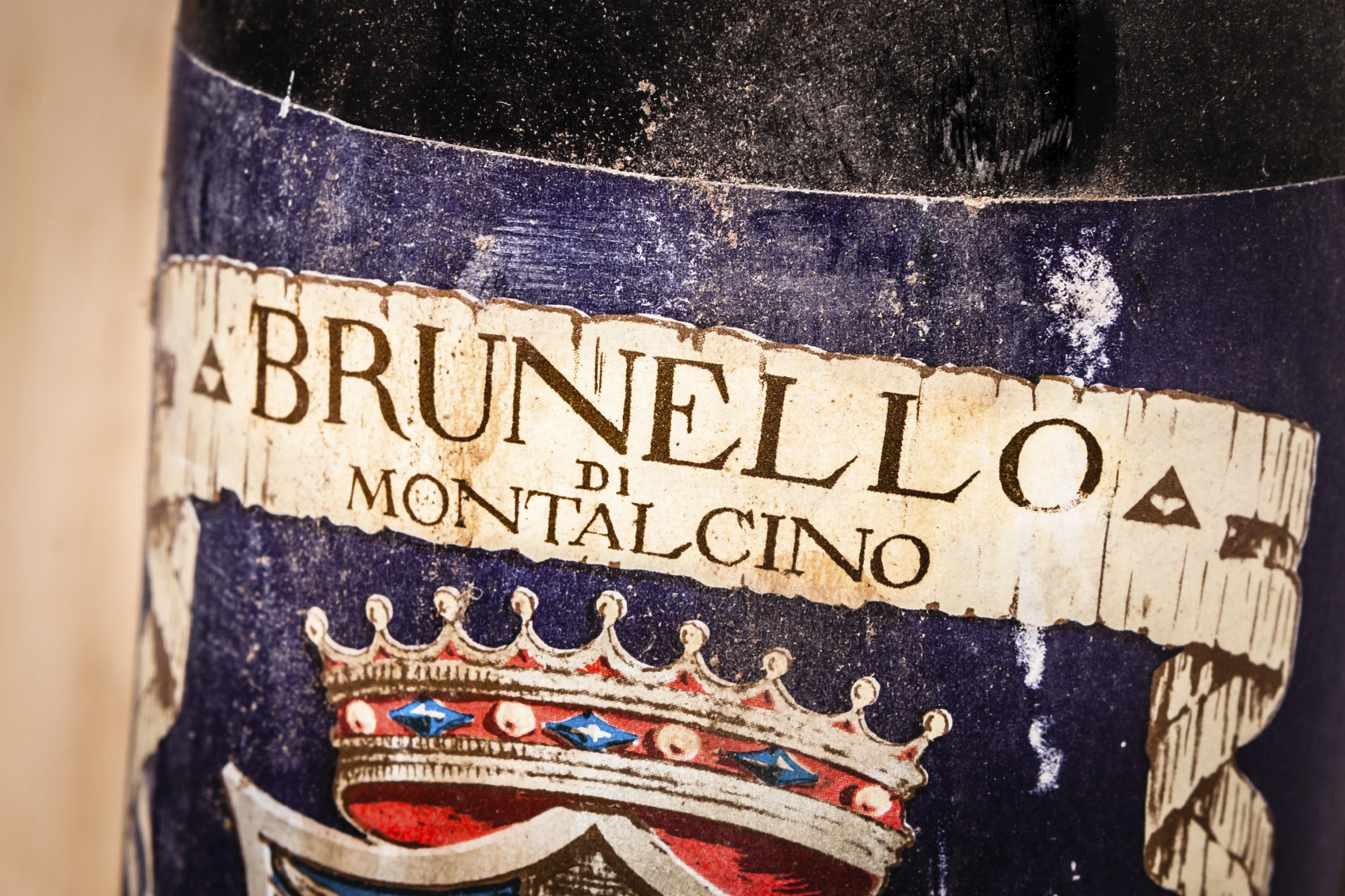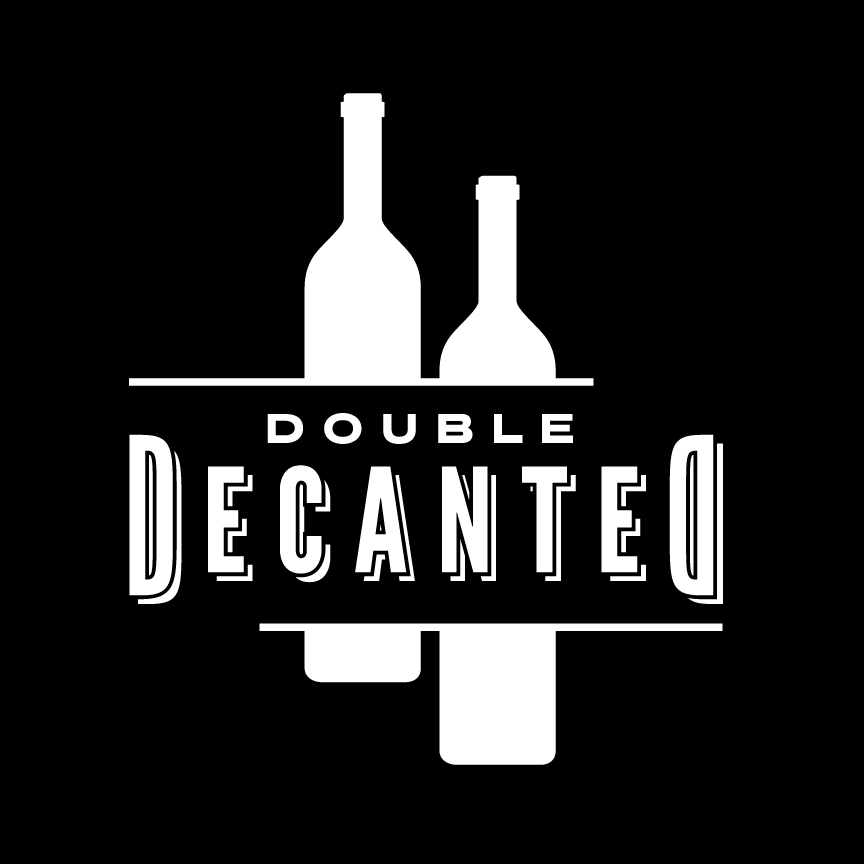Meet Chianti’s Neighbor, Brunello di Montalcino
- Posted on
- By Kelly Prohl
- 0

You should be drinking Brunello di Montalcino
When you think of Italian wine, your first thought is probably of Tuscany and its most famous wine, Chianti. I’m sure at some point in you life you’ve enjoyed a bottle of this red wine with a pizza or bowl of pasta, perhaps even while listening to Billy Joel’s “Scenes from an Italian Restaurant.” However, Chianti isn’t the only wine star that hails from the Tuscan region. One of the area’s best wines is actually made just a short distance away. Who is this neighbor? Brunello di Montalcino.
Twenty-five miles south of Sienna is the amazingly beautiful hilltop town of Montalcino, a medieval town named after the variety of oak trees surrounding the area. Brunello is the local name of the grape variety used to make Brunello di Montalcino. Although Brunello was originally thought to be a distinct grape variety, it was found to be a local clone of sangiovese, the main grape variety also used to make Chianti. While Chianti Classico is just a short distance away, the climate in Montalcino is much warmer and drier. This leads to the richer, riper grapes used to make Brunello di Montalcino, which is considered one of the best and most powerful expressions of the Sangiovese grape in Italy.

Compared to the long heritage of Chianti, Brunello di Montalcino is a newbie to the wine world. It was created in 1845 by Ferruccio Biondi Santi who planted the Brunello clone of the Sangiovese grape — a grape that was perfected by his father, Clementi Santi, who’s considered the father of the Brunello clone. It wasn’t until the 1970s that Brunello di Montalcino started receiving attention from other producers and wine lovers. This rise in popularity came after the President of Italy served Queen Elizabeth the Biondi Santi Brunello de Montalcino in 1969 at the Italian Embassy in London. The wine was a hit with all of the dinner guests, and Brunello di Montalcino has been accompanying dinners world wide ever since.
Today, the majority of the vineyards producing Brunello wines are located on the hillsides around the town of Montalcino, Brunello’s historic growing area. The grapes from the northern slopes receive less sunlight and ripen more slowly resulting in more perfumed and sometimes lighter, more elegant wines. Meanwhile, those from the southern slopes benefit from the additional sun exposure and produce full-bodied, complex wines often with less acidity. To get a good mix of both sides of the “mountain,” many Brunello producers blend grapes from vineyards on both slopes.
To be authentic, Brunello must be produced exclusive from Sangiovese grapes, and aged for at least four years. This is the longest mandatory aging period for an Italian wine. It also can’t be released until January 1st of the fifth year following harvest.
The best way to know whether a Brunello is a red wine for you is to try it! So next time you’re at an Italian restaurant or cooking up you own Italian feast, swap out the Chianti for a Brunello from Biondi Santi, Casanova di Neri, La Gerla, or Donatella Cinelli Colombini. I highly recommend all these producers!
And if you’re looking for more insights in to the world of Tuscan wines — and wines from around the world — Double Decanted offers a collection of bottles at a variety of price points. Let us help you find the perfect bottle – or bottles – for any occasion!
Please email me at [email protected].
This article was originally published in Royal Oaks Living magazine and is reprinted here with permission.


Comments
Be the first to comment...